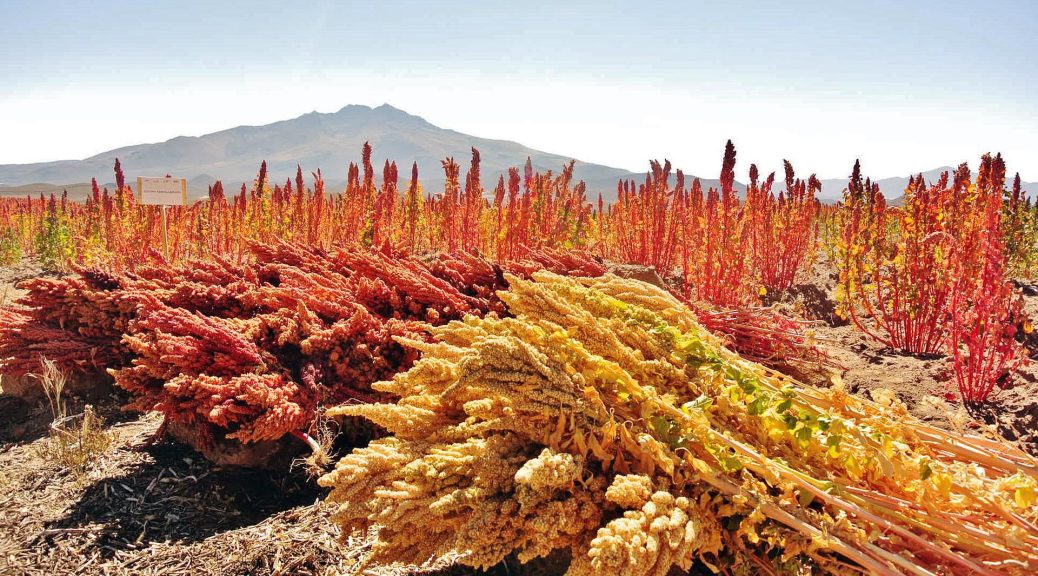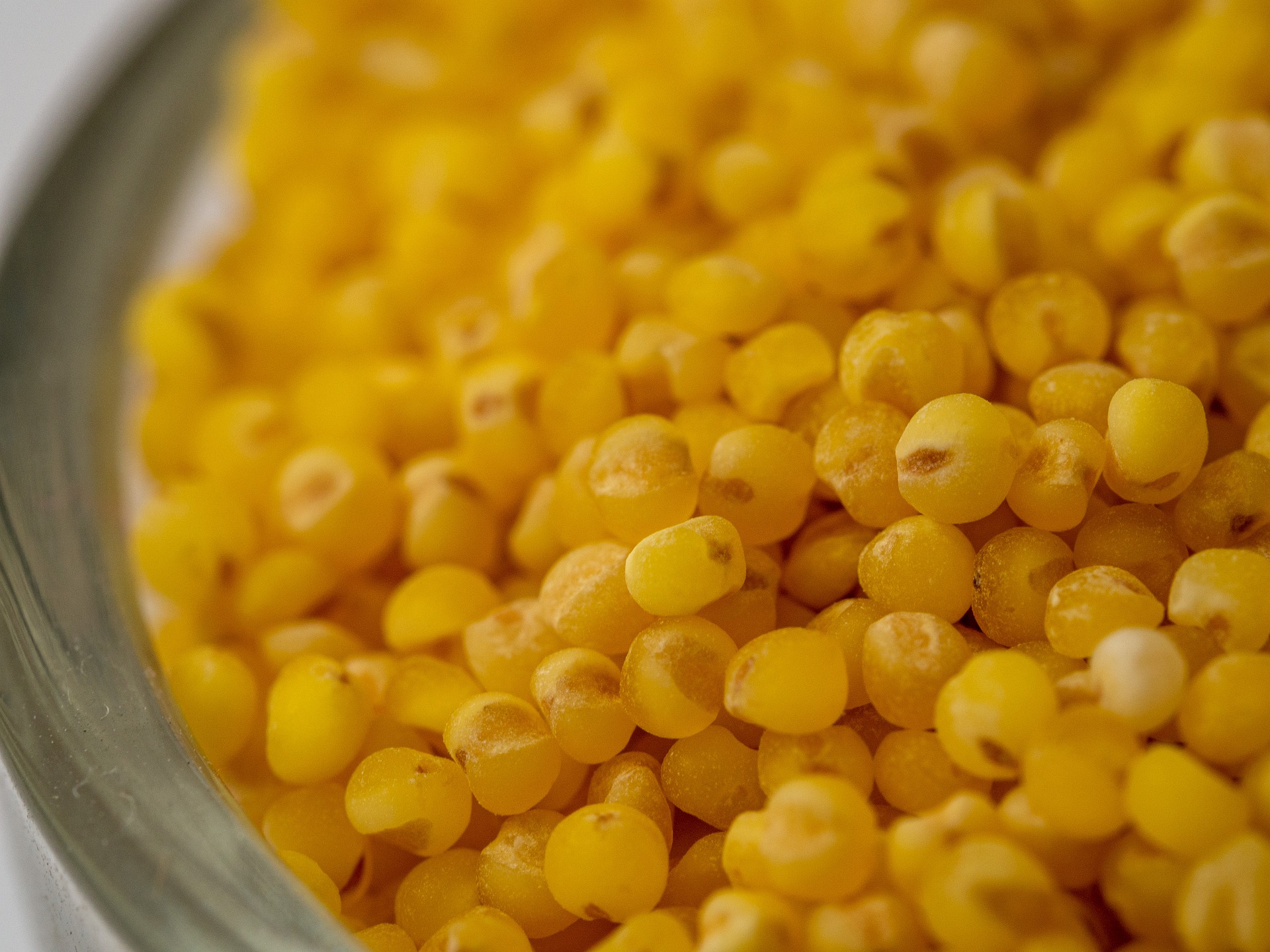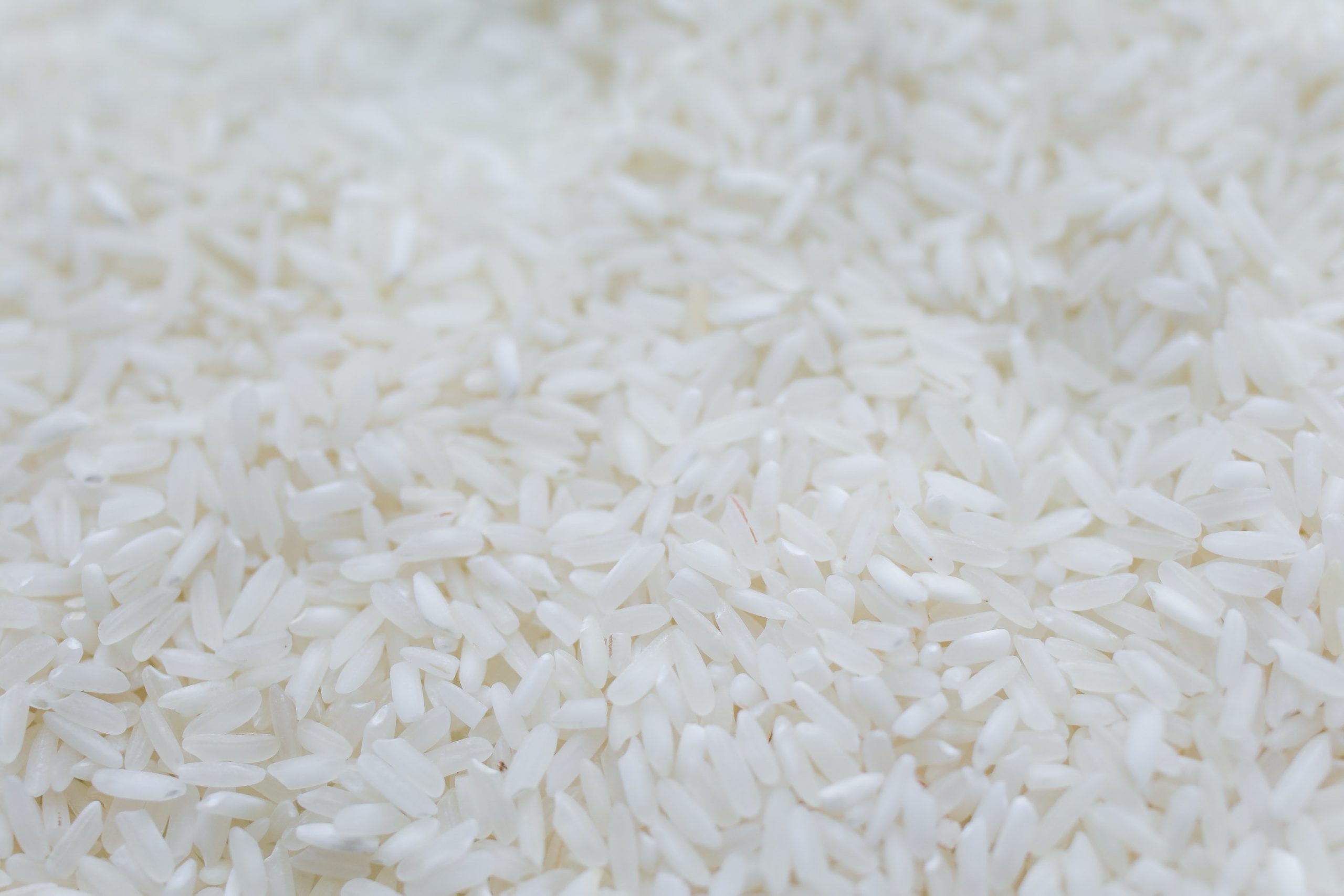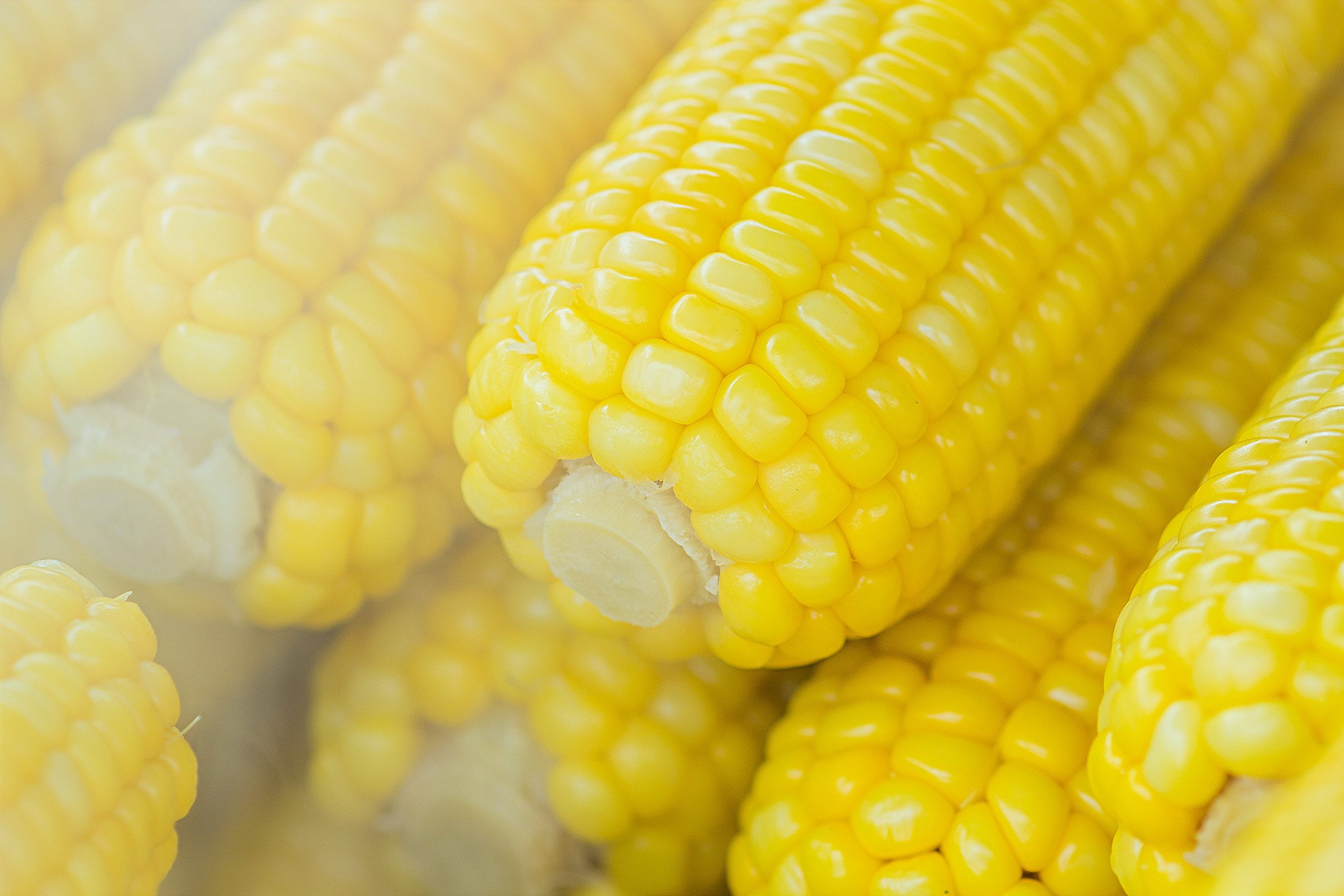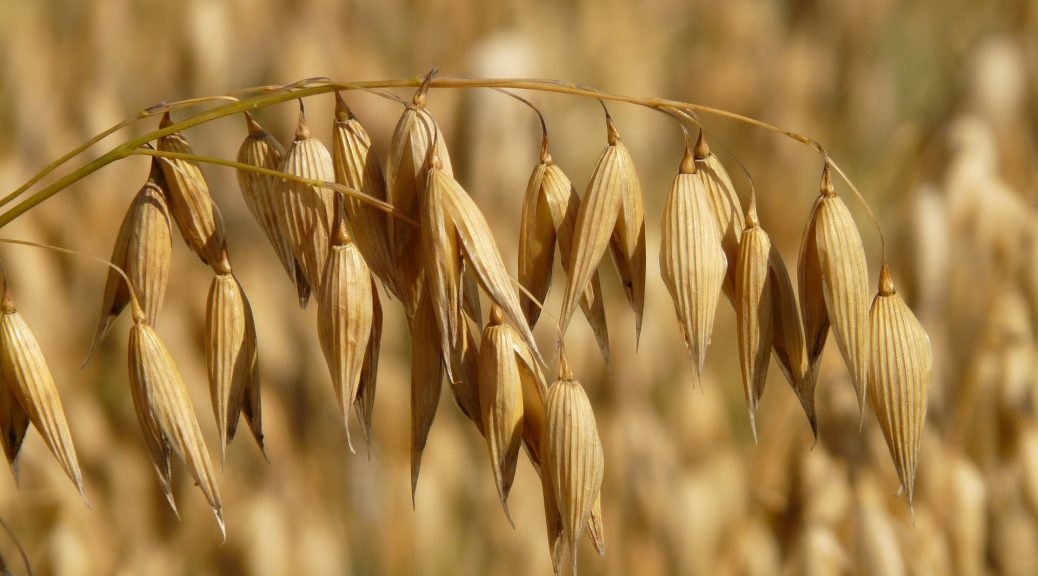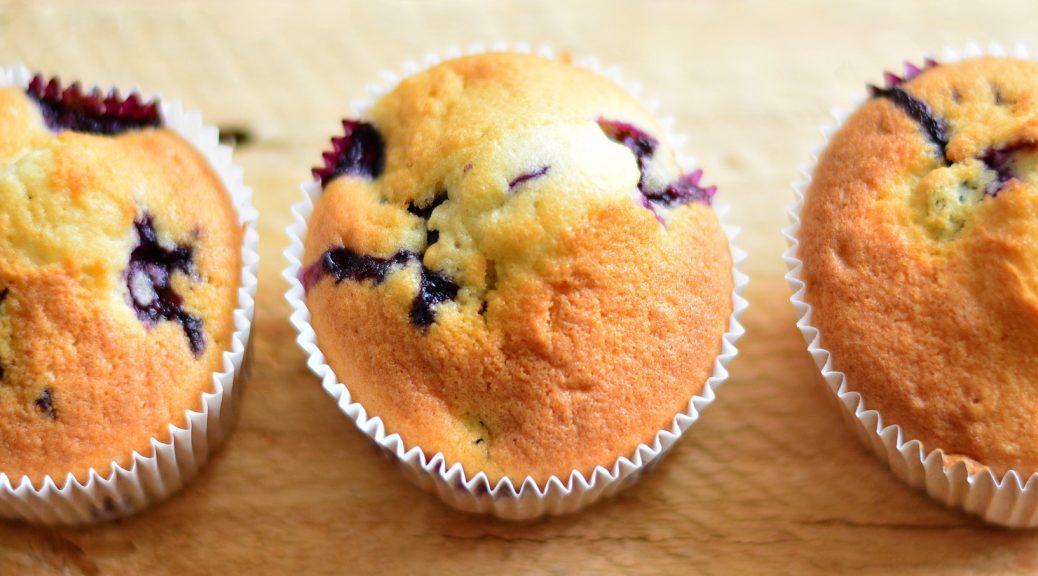Quinoa and Amaranth
In this post, we’re going to talk about two grains native to the Andean highlands, located between Bolivia, Peru, and Ecuador, which have been the basis of the diet for these communities since ancient times. Both grains have been consumed by the Incas and earlier cultures (for about 7000 years), and they have gained popularity in Western countries in recent years. These grains are quinoa (Chenopodium quinoa) and amaranth (Amaranthus caudatus), also known as kiwicha in their countries of origin….
